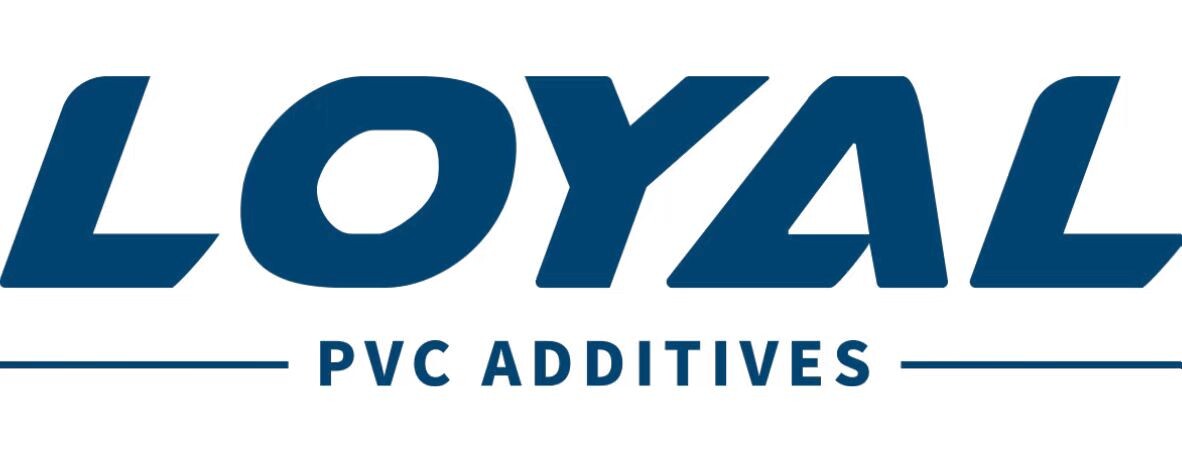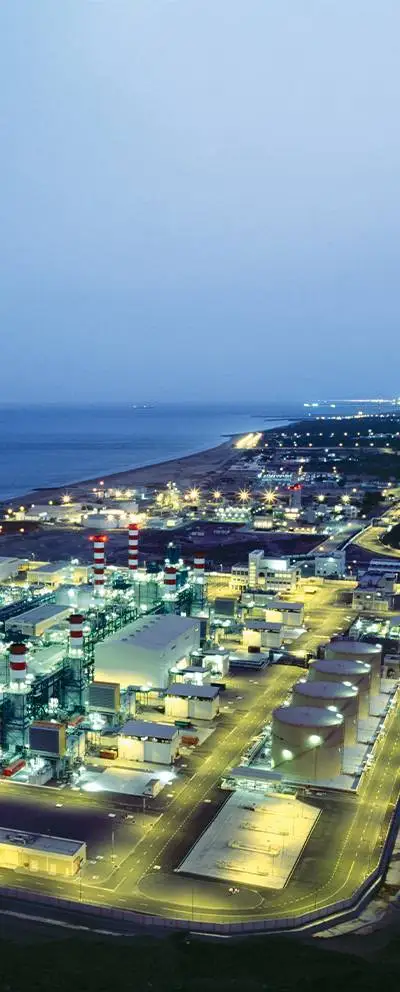PVC LUBRICANT: Your Complete Guide To PVC
PVC (polyvinyl chloride) is a versatile material that can be used in a variety of applications, from electrical wiring to clothing. But what are the properties of PVC, and how do you choose the right lubricant for it? In this guide, we'll cover all you need to know about PVC lubricants, from their ingredients to the best ways to use them.
What Is PVC Lubricant?
PVC lubricant is a type of lubricant specifically designed for use in PVC pipes and valves. It is made up of a mixture of polyurethane and mineral oil, and is used to reduce friction between the pipe and the valve.
PVC lubricant is often used in water distribution systems, gas pipelines, oil pipelines, power lines, and other similar applications. It has a high shear strength, making it ideal for use in tight spaces.
When choosing PVC lubricant, it is important to consider the specific needs of the application. For example, some lubricants are designed for use in water systems while others are better suited for use in gas pipelines.
It is also important to choose a lubricant that will resist corrosion and wear. Some common additives used in PVC lubricants include sulfur and phosphorus.
PVC Lubricants: Basic Components
PVC lubricants are a type of oil used to reduce friction and prevent wear on machinery. There are many types of PVC lubricants, but all share a few key components.
The first component is the base oil. This is the main ingredient that makes up the lubricant and provides the necessary properties for reducing friction and preventing wear. The base oil must be able to resist degradation by UV light, heat, and chemicals. It is also important that the base oil be soluble in water, so it can be easily absorbed into machinery parts.
The next component is the additive package. This includes agents that help improve performance and reduce friction. additives can include corrosion inhibitors, anti-wear agents, and mold inhibitors.
The final component is the lubricant delivery system. This includes everything from spray bottles to pump systems to allow for easy application to machinery parts.
Common Uses For PVC Lubricant
PVC lubricant is used in a variety of industries to ensure smooth, efficient operation. Here are just a few examples:
-Piping and tubing: PVC lubricant prevents wear and tear on pipelines and tubing, making them more reliable and longer lasting.
-Manufacturing: PVC lubricant helps reduce friction and improve assembly and manufacturing processes.
-Aerospace: PVC lubricant keeps aircraft parts moving smoothly, reducing the need for maintenance and improving efficiency.
PVC Lubricants: How To Safely Use
There are many types of PVC lubricants on the market, but which one is right for you? In this post, we will cover everything you need to know about PVC lubricants and how to safely use them.
PVC lubricants are a great way to keep your machinery running smoothly. They are non-toxic and environmentally friendly, making them perfect for use in areas where safety is a concern. However, like all products, PVC lubricants have their own set of safety guidelines that must be followed when using them.
Here are some tips on how to safely use PVC lubricants:
1. Always read the product label before using a PVC lubricant. Each lubricant has its own specific instructions for use, so be sure to follow them closely.
2. Use caution when handling the product. Keep it out of reach of children and away from open flames. If it spills or leaks, immediately clean up the area with soap and water.
3. Store the product in a cool, dry place away from sunlight and heat sources.
Pros and Cons of PVC Lubricant
PVC lubricant is a great option for people who are looking for a low-cost, environmentally-friendly way to keep their machinery running smoothly. However, like any other type of lubricant, PVC lubricant comes with its own set of pros and cons. Here are some of the key points to consider when choosing PVC lubricant:
+Low cost. PVC lubricant is one of the least expensive types of lubricants on the market, making it a great option for budget-minded users.
+Environmentally friendly. PVC lubricant is made from recycled materials, which reduces environmental impact.
+Non-toxic. PVC lubricant is nontoxic and safe to use on most machinery.
Types of PVC
PVC comes in a variety of different types, each with its own set of pros and cons. Here's a look at the most common types of PVC and what they're used for:
Type 1 PVC is the most common type of PVC and is used for water pipes, cables, and other items that need to be durable and resistant to chemicals. It's also a popular choice for interior decorating because it's easy to work with and doesn't require a lot of painting or special handling.
Type 2 PVC is made from a different type of plastic than Type 1 PVC and is more resistant to heat and cold. It's often used in outdoor applications, such as roofing materials and patio furniture, because it stands up to weather conditions better than Type 1 PVC.
Type 3 PVC is also made from a different type of plastic than Types 1 and 2 PVC and has the added benefit of being flame-retardant. This makes it ideal for items that may come in contact with open flames, such as fire hydrants and building exteriors.
Whatever type of PVC you choose, make sure to read your manufacturer's instructions carefully before using the product. And always use caution when working with any.
Is it safe to use a PVC pipe
PVC lubricant is often used to prevent friction between pipes. However, it is important to be aware of the potential dangers associated with using PVC lubricant. PVC lubricant can be dangerous if it enters your body through your skin or if it accidentally gets on your eyes.
How to Reduce Risk of the Use of PVC Lubricants
When it comes to using PVC lubricants, it’s important to be aware of the risks involved. Here are some tips to help reduce those risks:
-Only use PVC lubricants with a compatible product. incompatibility can cause excessive wear and tear on your equipment – and even potential damage.
-Always read the manufacturer’s instructions before using a PVC lubricant. Certain types of equipment may require a different type of lubricant than what is typically recommended.
-Keep your equipment clean and free of dust, dirt, and other debris. These particles can cause the lubricant to break down prematurely, leading to increased wear and tear on your equipment.
-Be careful not to overapply the lubricant. Applying too much will result in reduced performance and increased wear and tear on your equipment.











